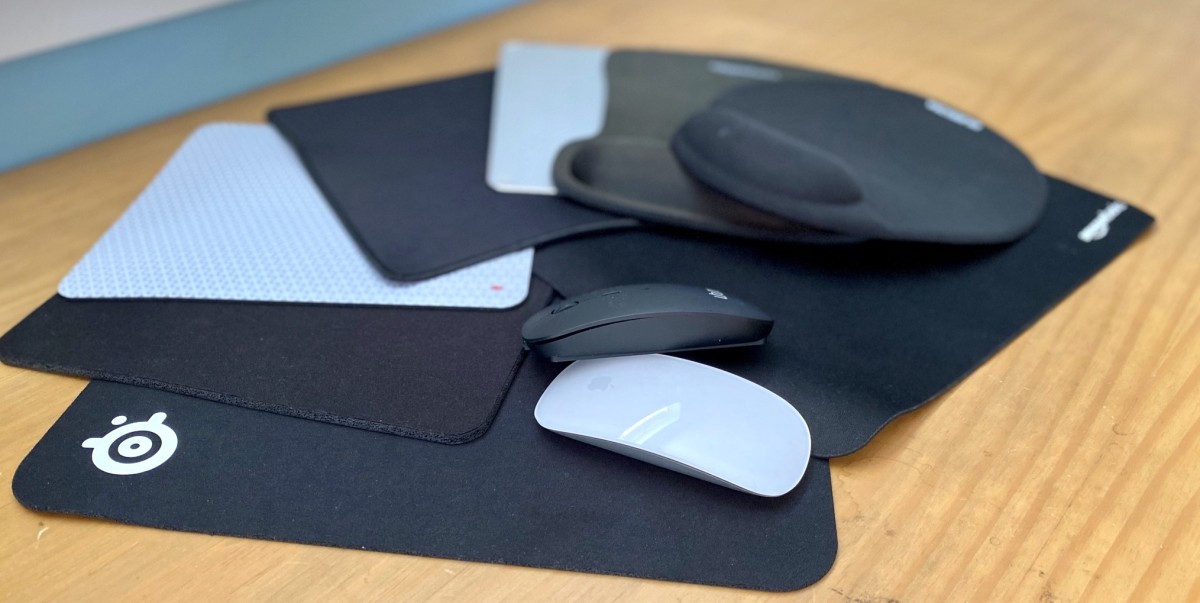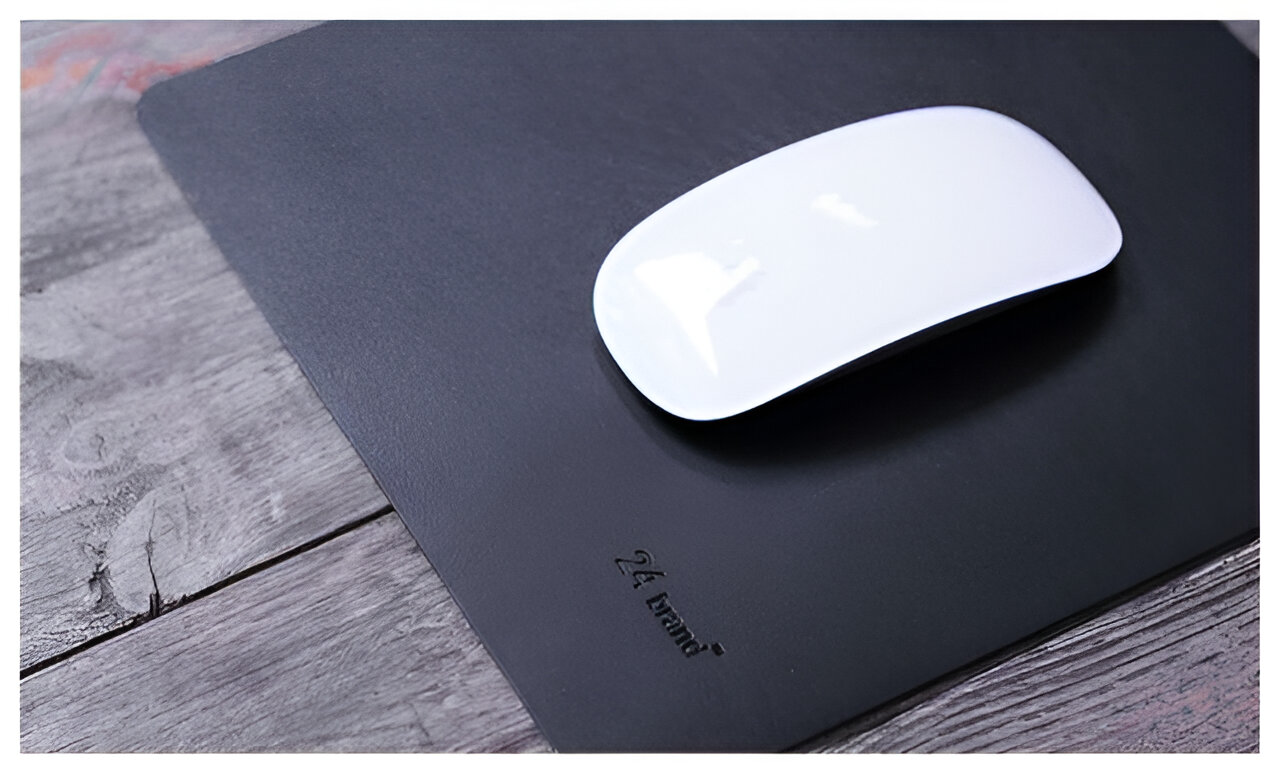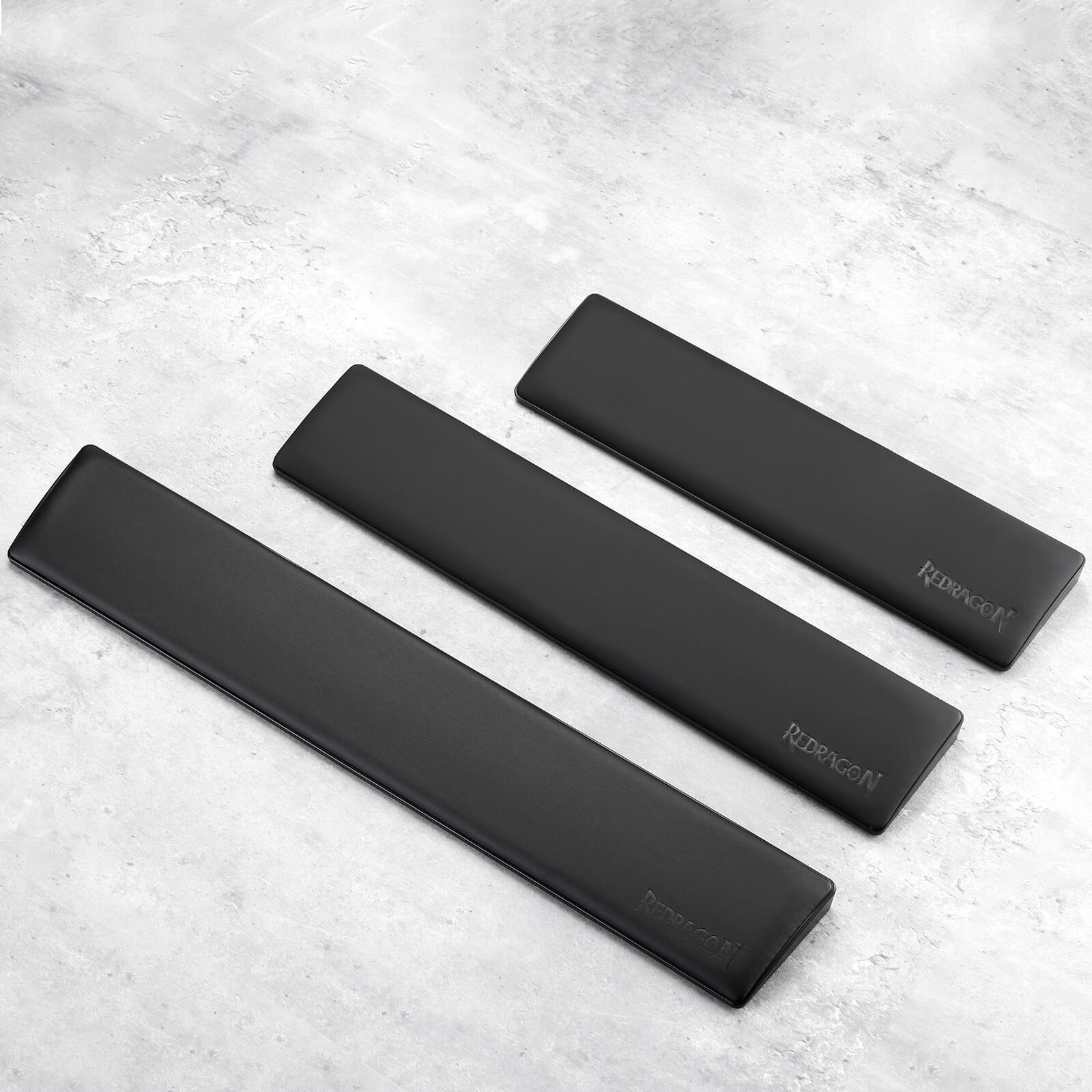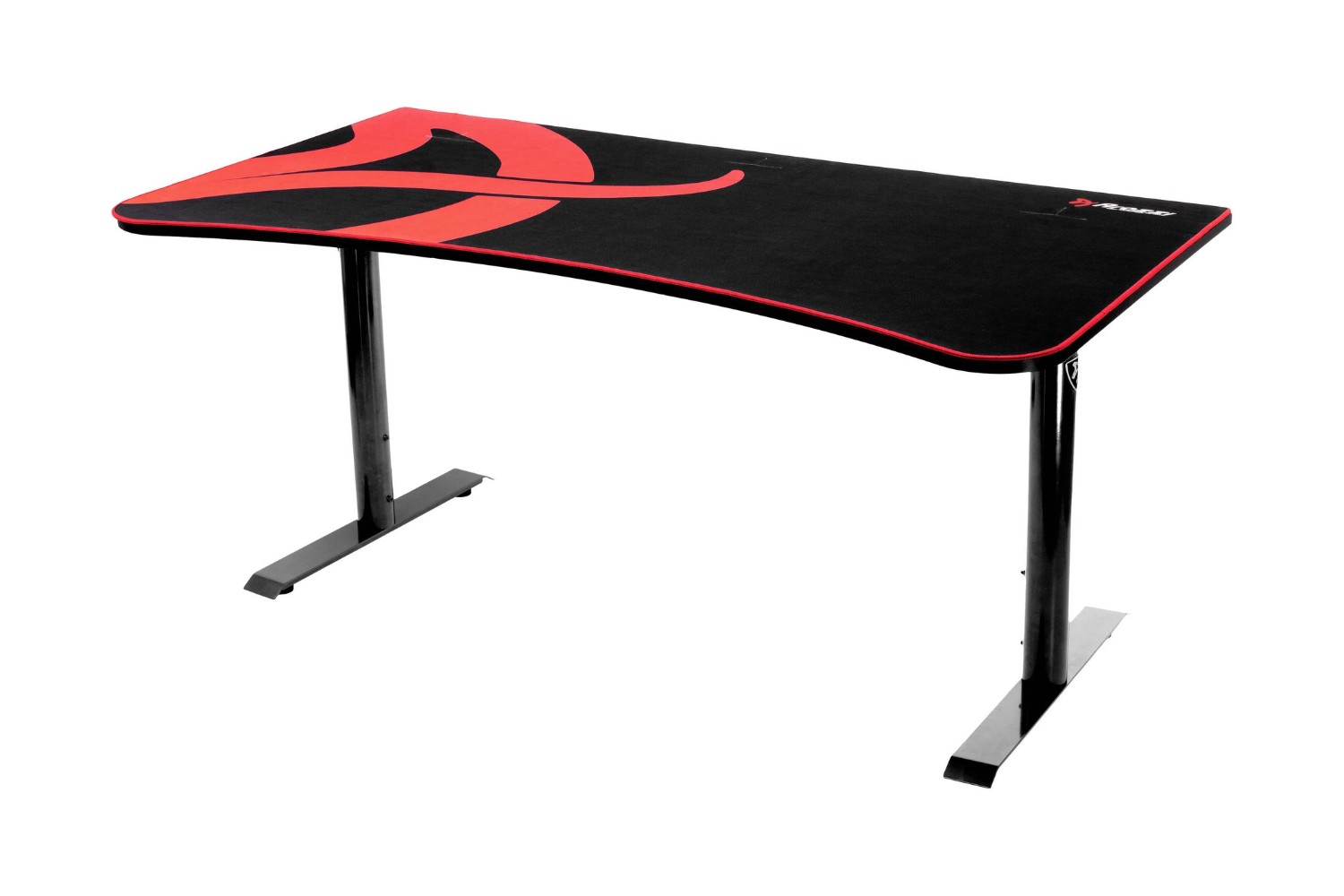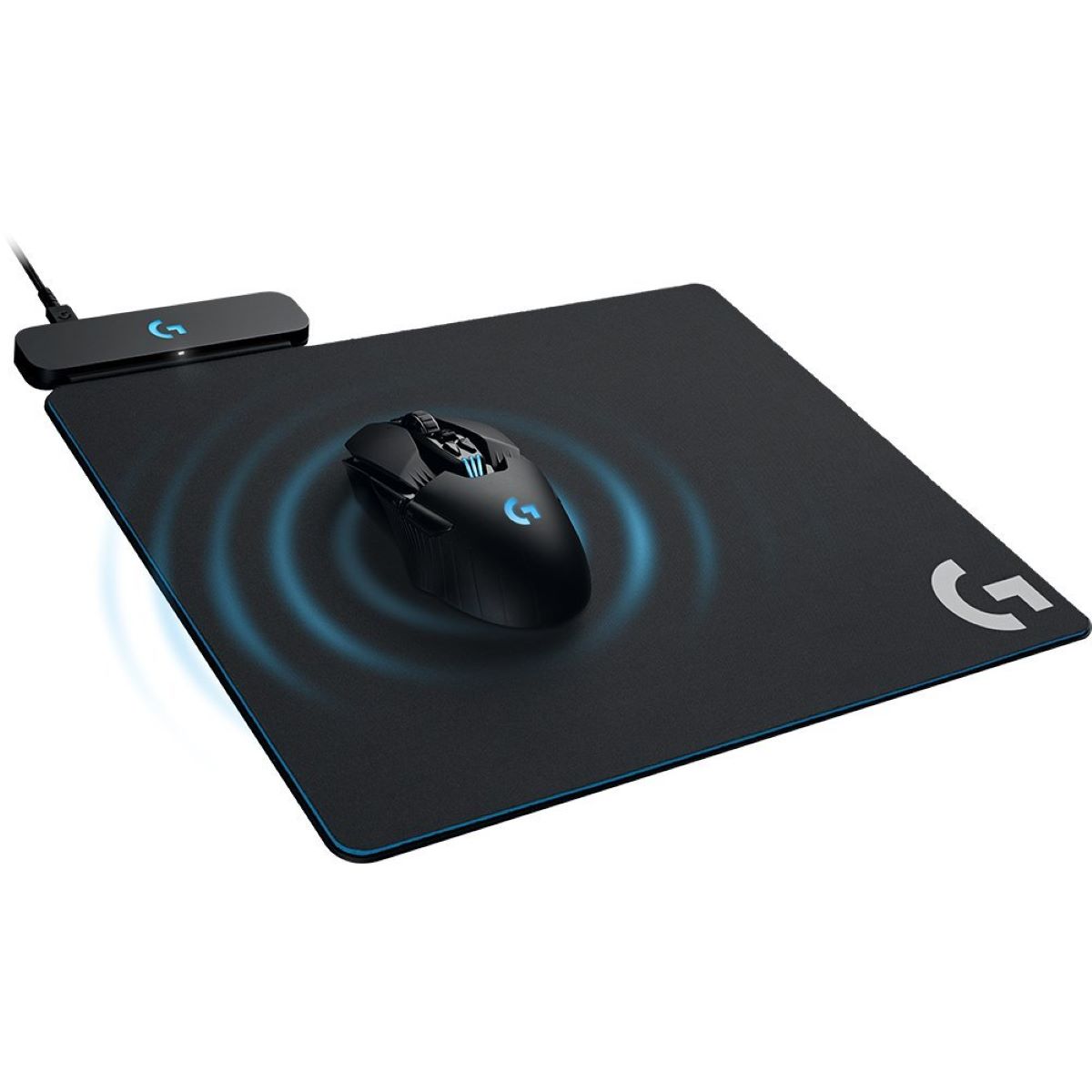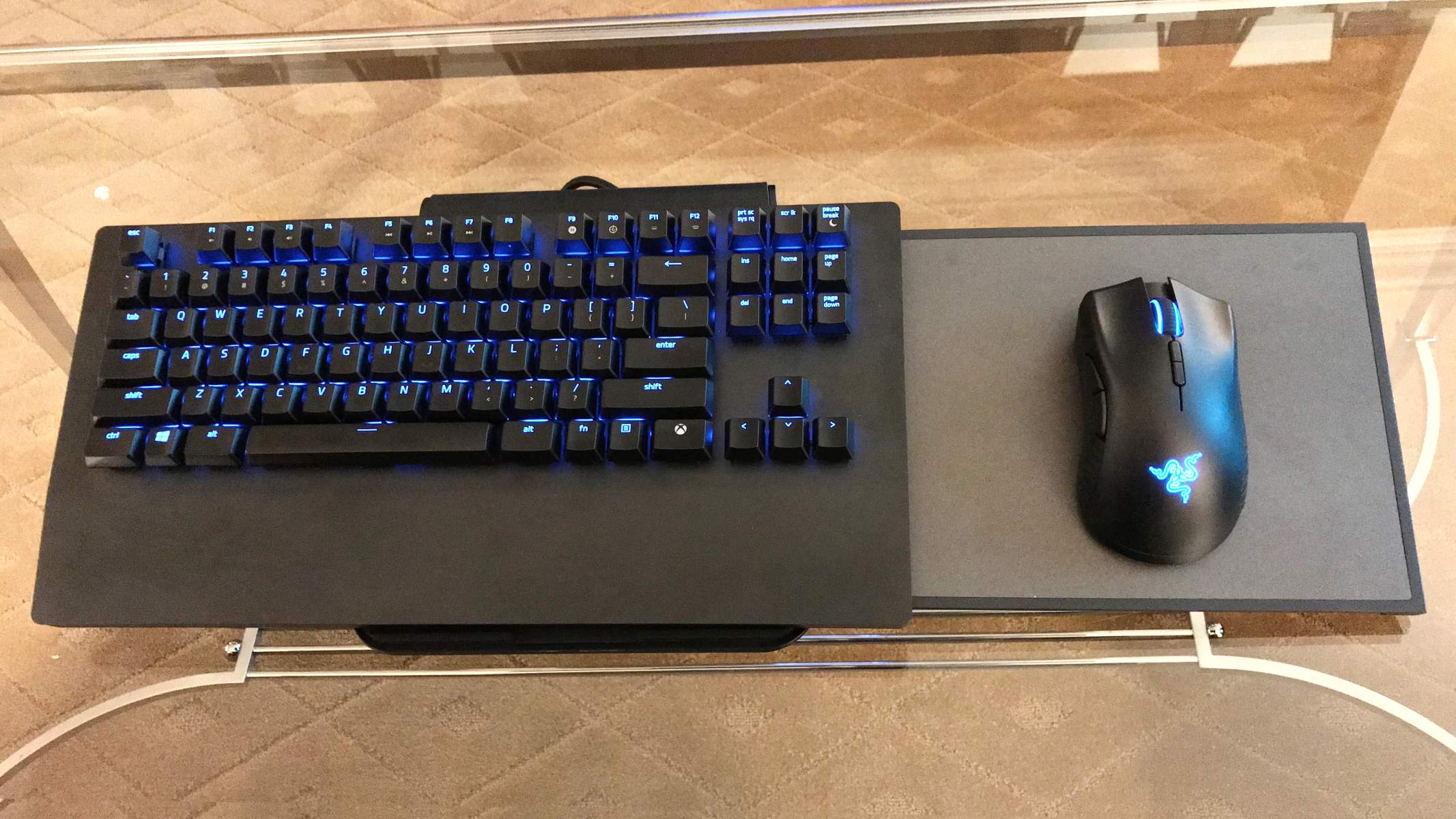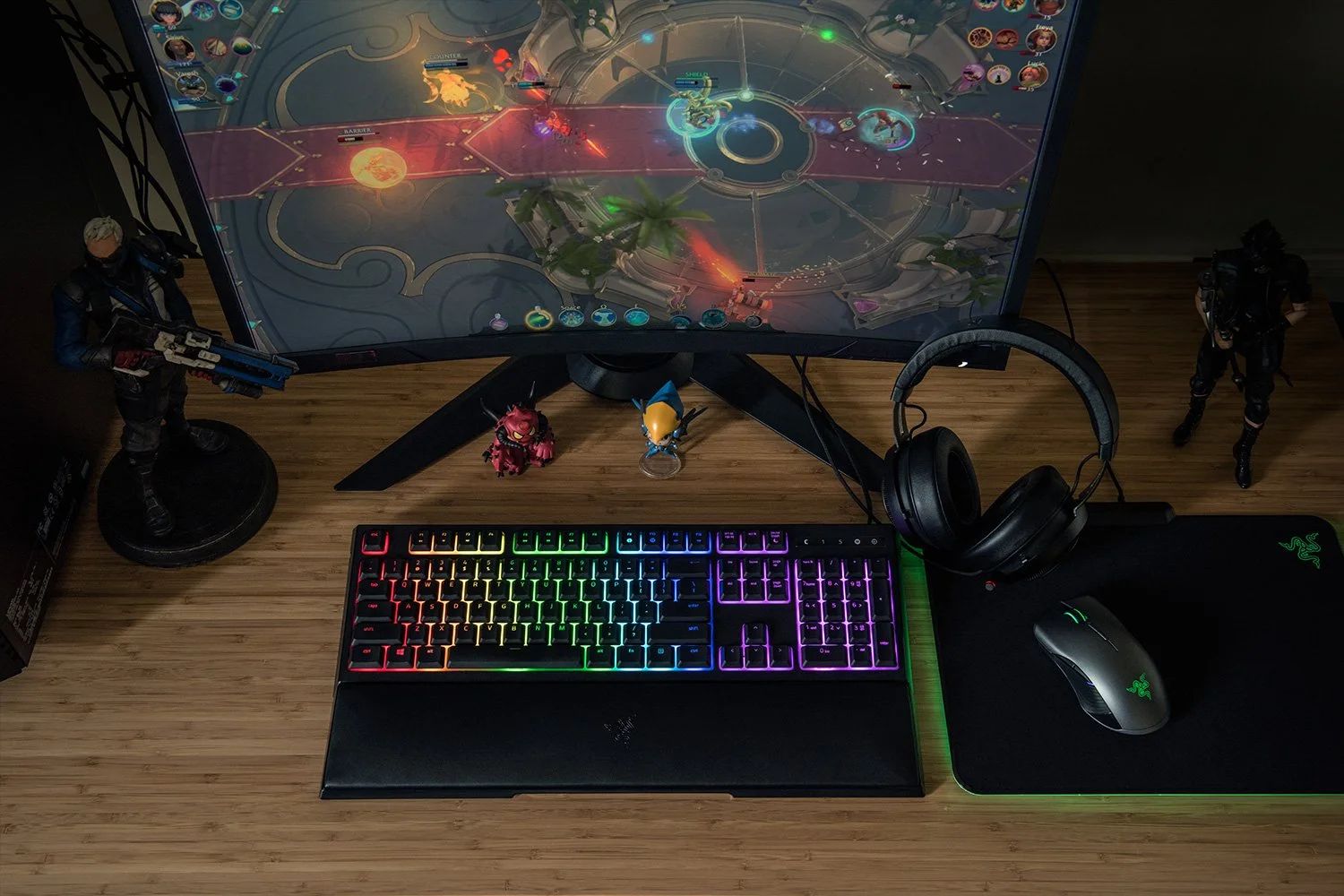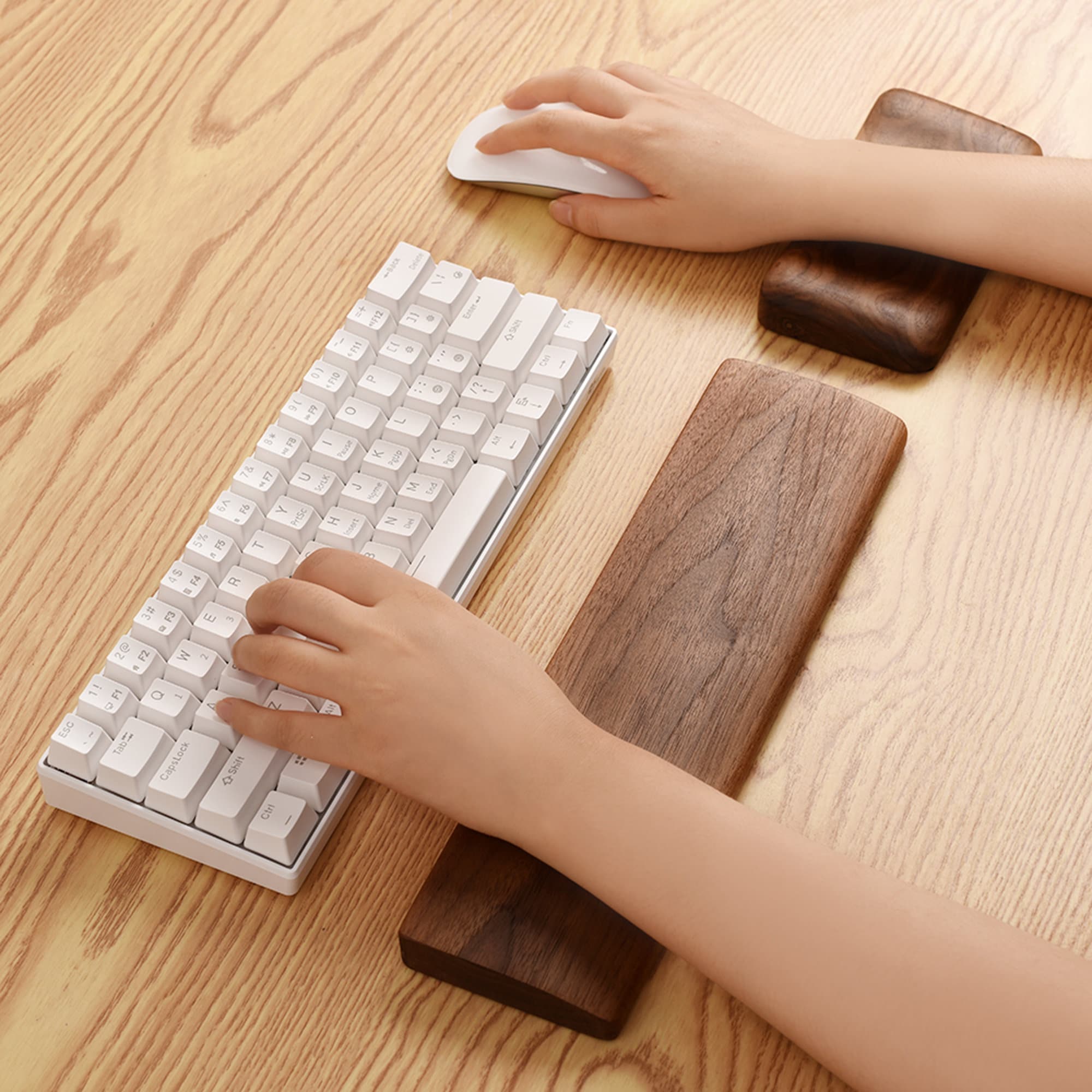Introduction
When it comes to optimizing your computer setup, the humble mouse pad might not be the first thing that comes to mind. However, a good mouse pad can significantly enhance your computing experience. Whether you are a casual user, a professional gamer, or someone who spends long hours working on a computer, the right mouse pad can make a world of difference in terms of comfort, precision, and durability.
A good mouse pad is not just a flat surface for your mouse; it is a critical tool that can improve your overall productivity and comfort. From the size and shape to the material, surface texture, and design, there are several factors to consider when choosing the right mouse pad for your needs.
In this article, we will explore the key features that make a good mouse pad. By understanding these factors, you can make an informed decision when selecting a mouse pad that suits your specific requirements. Let's delve into the details of what makes a mouse pad great, and how it can positively impact your computing experience.
Size and Shape
The size and shape of a mouse pad play a crucial role in determining its usability and compatibility with different setups. A good mouse pad should provide ample space for smooth mouse movement while fitting seamlessly into your workspace.
For gamers and graphic designers, a larger mouse pad offers the advantage of ample surface area for sweeping mouse movements without the need to lift and readjust the mouse frequently. This is particularly beneficial for users who prefer low mouse sensitivity settings or utilize multiple monitors. On the other hand, compact mouse pads are ideal for users with limited desk space or those who prefer higher mouse sensitivity and precise control.
Additionally, the shape of the mouse pad can impact its functionality. While traditional rectangular pads are widely popular, some users may prefer ergonomic or contoured designs that provide wrist support and promote a more natural hand position during extended computer use. The right size and shape of a mouse pad can contribute to a comfortable and efficient computing experience, tailored to individual preferences and usage patterns.
Material
The material of a mouse pad influences its durability, tracking precision, and comfort. Common materials include cloth, plastic, rubber, and metal, each offering distinct advantages for different users.
Cloth mouse pads are popular for their soft and comfortable texture, providing a smooth gliding surface for the mouse. They are also known for their ability to maintain consistent tracking accuracy, making them a preferred choice for gamers and graphic designers who require precise mouse movements. Additionally, cloth mouse pads are often machine washable, allowing for easy maintenance and longevity.
Plastic mouse pads, on the other hand, offer a slick and low-friction surface, ideal for users who prefer swift mouse movements with minimal resistance. They are also easy to clean and resistant to liquid spills, making them suitable for high-intensity gaming environments. Rubber mouse pads provide a non-slip base, ensuring stability during use, while metal mouse pads offer a sleek and durable surface with excellent tracking precision.
When selecting a mouse pad, it is essential to consider the material that best aligns with your usage requirements and personal preferences. The right material can contribute to a comfortable and responsive mousing experience, enhancing your overall productivity and enjoyment.
Surface Texture
The surface texture of a mouse pad significantly impacts the mouse’s tracking performance and the user’s comfort. Mouse pads are available in various textures, including smooth, textured, and coated surfaces, each offering distinct advantages for different applications.
Smooth surfaces provide minimal resistance, allowing for swift and uninterrupted mouse movements. They are well-suited for users who require fast-paced and precise cursor control, such as gamers and digital artists. Textured surfaces, on the other hand, offer more tactile feedback and control, making them suitable for general computing tasks and users who prefer a bit of resistance for enhanced precision.
Coated surfaces, often found in hybrid mouse pads, combine the benefits of smooth and textured textures, providing a balanced experience that caters to a wide range of user preferences. The choice of surface texture ultimately depends on individual usage patterns, preferred mouse sensitivity settings, and the specific demands of various computing tasks.
By selecting a mouse pad with the appropriate surface texture, users can optimize their mousing experience, ensuring smooth and accurate cursor movements tailored to their unique needs and preferences.
Non-Slip Base
A non-slip base is a critical feature of a good mouse pad, as it ensures stability and prevents unwanted movement during use. Whether you are navigating a complex digital landscape, editing intricate designs, or engaging in intense gaming sessions, a secure and immovable mouse pad is essential for maintaining precision and control.
Mouse pads with non-slip bases utilize materials such as rubber or silicone to adhere firmly to the underlying surface, whether it is a desk, table, or mouse pad tray. This prevents the pad from shifting or sliding during mouse movements, providing a consistent and reliable platform for cursor control. Additionally, a non-slip base helps to minimize the occurrence of accidental mouse pad displacement, which can disrupt workflow and lead to frustration, particularly during high-stakes gaming or intricate design work.
For users with a penchant for rapid mouse movements and quick reflexes, a non-slip base is indispensable for maintaining a stable and predictable mousing surface. It ensures that the mouse pad stays firmly in place, allowing users to focus on their tasks without the distraction of a shifting or unstable mousing surface.
When selecting a mouse pad, the presence of a non-slip base is a fundamental consideration, contributing to a seamless and uninterrupted mousing experience, regardless of the intensity or duration of use.
Durability
The durability of a mouse pad is a crucial factor that directly impacts its longevity and performance over time. A good mouse pad should withstand extended use without compromising its surface integrity, tracking precision, or aesthetic appeal.
High-quality mouse pads are engineered to resist fraying along the edges, ensuring that the surface remains intact and free from unsightly wear. This is particularly important for users who engage in repetitive mouse movements, as the edges are prone to abrasion and deterioration over time. Additionally, durable mouse pads maintain their surface texture and tracking consistency, providing a reliable platform for precise cursor control, even after prolonged use.
Furthermore, the ability to withstand spills and frequent cleaning is an essential aspect of a durable mouse pad. Whether it is accidental liquid spills or routine maintenance, a durable mouse pad should be resilient to moisture and cleaning agents to maintain its functionality and appearance over time. This is especially important in high-intensity gaming environments and workspaces where spills and stains are potential hazards.
By investing in a durable mouse pad, users can enjoy a reliable and long-lasting mousing surface that retains its performance and aesthetic appeal, even after extensive use. The durability of a mouse pad is a testament to its quality and ability to withstand the rigors of daily computing tasks, ensuring a consistent and enjoyable user experience.
Ergonomics
The ergonomic design of a mouse pad plays a significant role in promoting user comfort and minimizing the risk of repetitive strain injuries. A well-designed mouse pad should prioritize ergonomics, providing support for the wrist and promoting a natural hand position during extended computer use.
Ergonomic mouse pads often feature wrist rests or integrated cushioning to provide support and alleviate pressure on the wrist and forearm. This design feature is particularly beneficial for users who spend prolonged periods navigating digital interfaces, editing content, or engaging in precision-based tasks. By maintaining a neutral wrist position, ergonomic mouse pads can reduce the strain on the muscles and tendons, mitigating the risk of discomfort and potential injury.
Furthermore, the thickness of the mouse pad can contribute to its ergonomic properties. Thicker pads offer additional cushioning and elevation, allowing for a more comfortable hand and wrist posture during use. This is especially advantageous for users who prioritize ergonomic support and seek to minimize the impact of prolonged computer use on their musculoskeletal health.
By incorporating ergonomic principles into its design, a mouse pad can enhance user comfort and promote a healthier computing experience. The ergonomic features of a mouse pad are tailored to prioritize user well-being, ensuring that users can engage in extended computing sessions with reduced strain and improved comfort.
Design and Aesthetics
While the functional aspects of a mouse pad are paramount, the design and aesthetics also play a significant role in enhancing the overall user experience. A well-crafted mouse pad not only complements the user’s workspace but also reflects individual preferences and style.
Mouse pads are available in a myriad of designs, ranging from minimalist and professional to vibrant and artistic. The visual appeal of a mouse pad can add a touch of personality to the user’s workspace, creating a more inviting and personalized environment. Additionally, the choice of design can align with the user’s aesthetic sensibilities, contributing to a cohesive and visually pleasing setup.
Furthermore, the durability of the design is essential to ensure that the mouse pad maintains its aesthetic appeal over time. Fade-resistant and high-quality printing techniques can preserve the visual integrity of the mouse pad, preventing the design from deteriorating with regular use and cleaning.
From sleek and understated designs to bold and eye-catching artwork, the aesthetics of a mouse pad can cater to diverse preferences, allowing users to express their individuality and enhance their workspace with a touch of creativity. The design and aesthetics of a mouse pad serve as an extension of the user’s personality and style, contributing to a more engaging and visually appealing computing environment.
Conclusion
Choosing the right mouse pad is a decision that can significantly impact your computing experience. By considering factors such as size and shape, material, surface texture, non-slip base, durability, ergonomics, and design, you can select a mouse pad that aligns with your specific needs and preferences.
A good mouse pad provides a balance of functionality, comfort, and aesthetics, enhancing your productivity and enjoyment during computer use. Whether you are a professional navigating intricate design projects, a gamer seeking precision and control, or a casual user looking to optimize your workspace, the right mouse pad can make a tangible difference in your daily computing activities.
Ultimately, the ideal mouse pad is a seamless extension of your computing setup, offering a reliable and comfortable surface for precise cursor control while reflecting your personal style and preferences. By understanding the key features that make a good mouse pad, you can make an informed choice that elevates your mousing experience and contributes to a more enjoyable and efficient computing environment.







